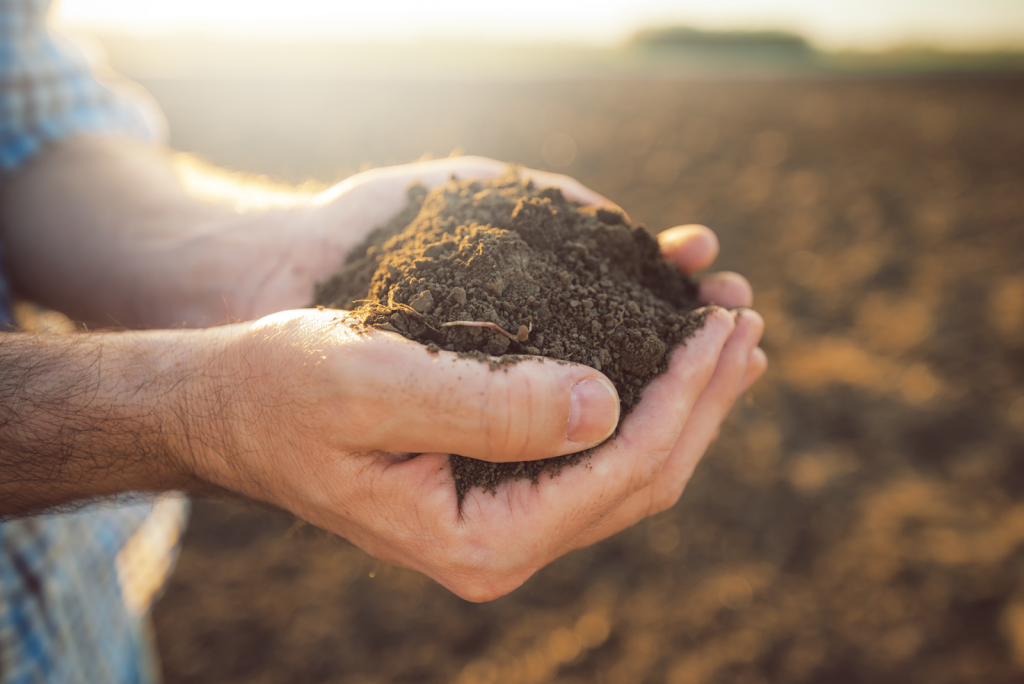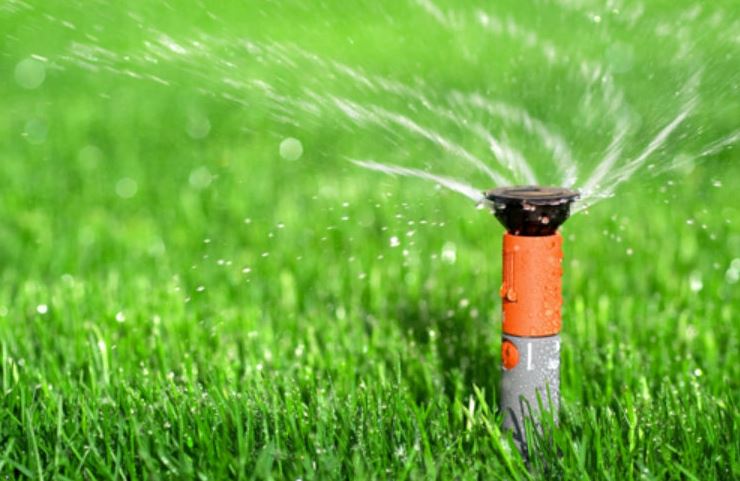Summer is the most wonderful time of year to see the beautiful bounty of fruits and vegetables reach their ripeness. It’s the season of meals filled with fresh, flavorful produce, but are you getting the freshest possible ingredients?
Since 2008, the number of families involved in gardening has grown by 200%. Those families are enjoying the health and taste benefits of homegrown food while taking part in a fun and rewarding hobby. You don’t want to miss out on that!
But if you’re new to gardening, you’re probably wondering what things to grow in a garden. What are the best vegetables, fruits, and herbs for beginners to grow? Keep reading for a guide to some of the most rewarding and easiest things to grow in a garden and how to do it.

Herbs
If you’re new to gardening and don’t have a lot of space, herbs are a great plant to start with. Using fresh herbs in your cooking instead of dried, store-bought herbs will really enhance the flavor. Growing a herb garden can be done in a small backyard, a rooftop, or even a windowsill.
Here are some of the fastest growing and most durable herbs to get you started:
Basil
Basil is a versatile, fresh-tasting summer herb. Sprinkle it over salads and pasta, muddle it into cocktails, or turn it into a sweet basil syrup. And you don’t have to worry about not growing enough. You can get 1/2 cup of fresh basil a week from a single plant.
If you plan on starting your basil plant from seed, start them indoors six weeks before the last frost of the year. If you want to start it from a cutting, place it in a glass of water. Wait for a root system to start and then move it to soil.
Rosemary
Rosemary is not only a delicious seasoning but a visually attractive addition to a garden as well. It grows into a shrub-like shape and has beautiful blue flowers. Rosemary is best used for wintery meals and tastes delicious in an infused olive oil.
Rosemary should be grown in slightly sandy, well-drained soil where it will receive at least 6 hours of sunlight a day. Regularly prune your rosemary to help the bush grow fuller, and store the trimmings by hanging them upside down in a cool dry place like a basement. Only water rosemary when the soil feels dry to the touch.
It’s easiest to grow rosemary from a cutting instead of a seed. Cuttings should be placed in a mixture of perlite and peat moss. Once a good root system appears, you can move the rosemary to your garden.
Vegetables
Once you’ve started with herbs, you’re sure to want a nice variety of vegetables to cook with them. Include a variety of summer and winter vegetables in your garden for a year-long bounty. The best way to start any vegetable is with a plant starting from a plant nursery instead of trying to grow from seed.
Here are some easy but fruitful options:
Tomatoes
Tomatoes are one of the fastest-growing vegetables that you can add to your garden. They’re a great source of vitamin C, potassium, and vitamin K, and can be used in sauces and salads or taste delicious directly off the vine.
Tomato vines require some support while they grow, so you’ll need a trellis or cage in your garden for them to wrap around. Place each plant about two to three feet apart so make sure that their roots have plenty of room to grow. Find soil with a Ph between 6.2 and 6.8, and make sure to give your tomato plant lots of calcium fertilizer.
Lettuce
If you like salads or sandwiches, it would be smart to have a continuous supply of lettuce. Lettuce is best harvested in the spring and fall, but if you keep a healthy lettuce plant you can expect some in the summer as well.
Lettuce needs six to eight hours of direct sunlight to grow. Prepare your soil with a slow-release fertilizer and an inch or two of compost. Then, place your seedlings about ten inches apart.
If you want to extend your harvesting season, plant a few different lettuce plants at different times.
Beets
Beets are a good option for gardeners who want a cold season vegetable. Though there are planted and grow in the spring and fall, they can be harvested and pickled to be eaten during the winter. The best thing about beets is that both the root and the greens can be eaten!
You should plant your beets in partial shade in an area with deep soil. The soil should drain easily and be loose. Some beat varieties particularly thrive in sandy soil.
Like lettuce, you can extend your beet harvest by planting them about three weeks apart from each other.
Fruits
Fruits add nutrition, beautiful color, and of course sweetness to your garden. While many amateur gardeners avoid fruit trees because of their skill level and wait times, berry bushes are easier to grow in a home garden.
Here are two of the best fruits to grow in a garden:
Raspberries
Raspberries are an easy bush fruit to grow and can be used in granola, pies, and jams. Just a few bushes yield an impressive amount of fruit.
Each bush should be planted 3-4 feet apart with wire systems or trellises for support. They require 6-8 hours of direct sunlight and prefer well-drained soil.
If you’re also growing tomato plants, keep them far away from your raspberry bushes because tomatoes can harbor verticillium wilt, hurting your raspberry harvest.
Strawberries
Strawberries can also be grown in a home garden and are a good alternative to raspberries if you prefer a sweeter taste. Some strawberry plants are so successful that you have to be careful not to let them take over your yard, and some varieties produce two harvests (one in summer and one in fall).
Make sure your plants are at least a foot apart from each other when you plant them, and keep strawberries in direct sunlight as much as possible. Fresh compost soil is also ideal for this fruit.
Discovering the Things to Grow in a Garden
We hope this has given you some inspiration for what things to grow in a garden. You can start with these easy options and move on to more complex plants as you become a more confident gardener. Also need to properly maintain lawn by removing weeds by best weed eaters and water them regularly. So that plant growth will be good.
If you liked learning about growing your own food, check out our other articles about gardening.



